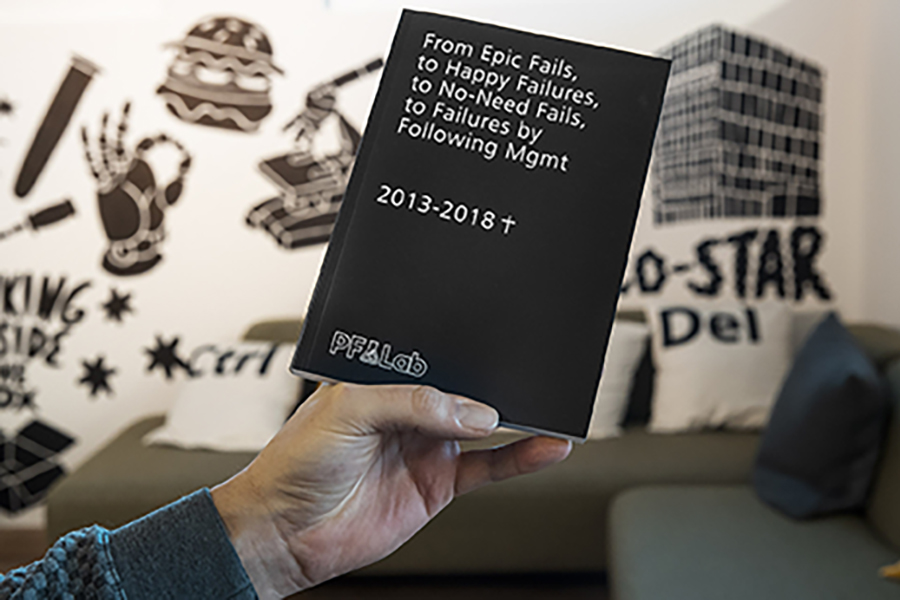Are you familiar with the SmartSpending app for children and young people or the ‘renting your own property’ project? You’re not? It’s little surprise as they are two of 65 unsuccessful projects in total carried out at VNTR over the past five years. They were all recently included in a black book entitled “From Epic Fails, to Happy Failures, to No-Need Fails, to Failures by Following Management”. This failbook is an inspirational source of reference for unsuccessful innovation projects and the valuable lessons that VNTR has drawn from them. It’s also a courageous publication. Failure is still very much a taboo subject in Switzerland.



